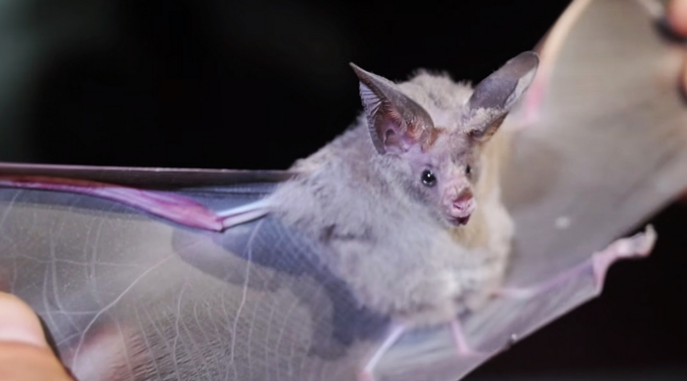As any fan of Hitchcock knows, birds often work together and, when threatened by rivals, are capable of marshaling their troops to defend resources. Now, researchers from the University of Bristol have found that clashes between rival bird groups have a long-lasting impact on the birds’ behaviour, causing them to bond after team fights.
Biologists Dr. Andy Radford and Dr. Tim Fawcett have been studying the social behaviour of green woodhoopoes in Sub-Saharan Africa. Following a territorial conflict with their neighbors, victorious green woodhoopoes will unite at nightfall. Such disputes prompt these birds to spend the night together in the conflict zone, in an effort to strengthen the defence of the most desirable roosting sites.
“Our work provides evidence that between-group conflict can continue to affect within-group behaviour many hours after any initial stress has passed,” Radford explains.
Conflict with outsiders can be a powerful incentive for group cooperation, not only for the green woodhoopoe. The tendency to band together against a common enemy can be seen in many social species. “The threat posed by rival groups creates a strong selective pressure to stick together in defence, just as tribal warfare likely promoted the evolution of cooperative human societies,” Fawcett says.
RELATED: URBAN BIRDS SMARTER, HEALTHIER THAN COUNTRY COUSINS
The researchers noted that territorial disputes increased the likelihood of a consensus between woodhoopoe group mates about where to roost. Additionally, the birds also there was a greater evidence of grooming behaviour among birds arriving at the roost site, suggesting tighter social bonding following a conflict.
Losing is often a more powerful experience than winning, as any sportsman knows. The researchers noted that the green woodhoopoes demonstrated even greater unity when they had lost a conflict, compared to when they had won.
Green woodhoopoes live in close-knit groups of up to 12 individuals. Each group roosts every night in a tree cavity, and uses one of those same holes for nesting. Conflicts between groups occur frequently and involve raucous vocal exchanges.
These findings are published in the journal Current Biology.
Image: Green wood hoopoe, By Dick Daniels




